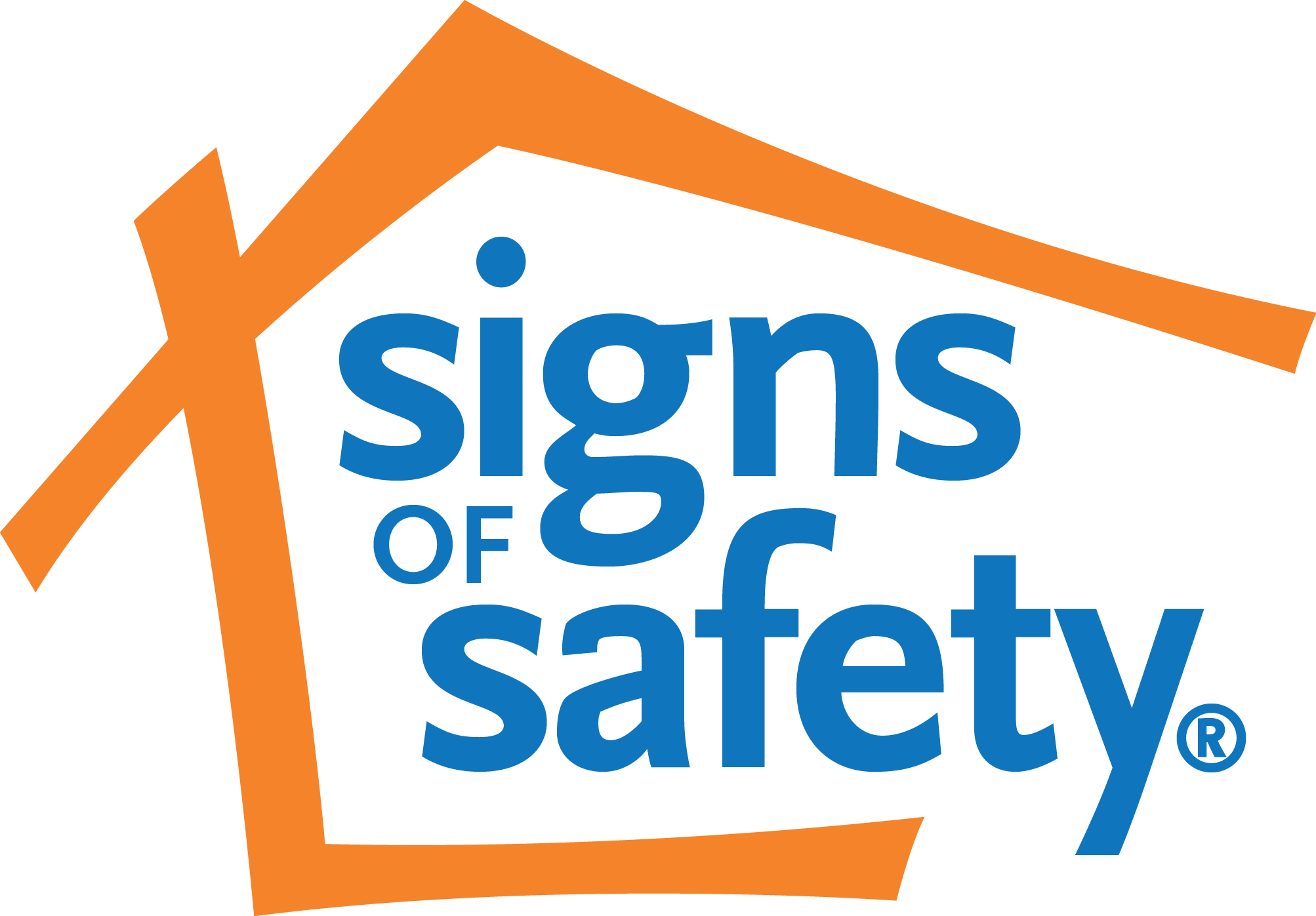Signs of Safety Fidelity Research Project
As the Signs of Safety approach has be taken on by more and more jurisdictions it is typical that agencies and managers ask:
- How do we know how we are doing as an organization?
- How do we know that we are on the right track and using the approach as it is intended?
- How will we know the areas that my workers or supervisors need to improve/ deepen their practice?
These are all questions of fidelity, or the degree to which practitioners and agencies keep faith with or adhere to the model.
Through the vision and leadership of Casey Family Programs most particularly Professor Peter Pecora and Sacramento County Child and Family Services, and in consultation with the international Signs of Safety community of practitioners, the Fidelity Research Project is now well underway. The project has been established to create a series of assessment tools that will enable agencies to assess the fidelity and quality of Signs of Safety practice of workers, supervisors and agencies. The tools will gather fidelity data from practitioners, supervisors, managers and service recipients.
This work is being led by a Working Group that consists of Professor Peter Pecora and research staff from Casey Family Programs; Mike Caslor, Manitoba, Canada; Dan Koziolek, a Minnesota; Dan McCormick, Connected Families Minnesota; Jane Simmons, Department of Child Protection in Western Australia, and a special Sacramento County work group led by Kim Pearson, California and Andrew Turnell. Eric Bruns from the University of Washington and Professor Eileen Munro are serving as advisors to this project.
The fidelity tools are being created sequentially currently focusing first on supervisor’s and parent’s tools.
Various foundational steps have already been completed:
- In July 2012 over 100 Signs of Safety practitioners/trainers/consultants from 8 different countries were invited to articulate the key elements of the Signs of Safety practice approach as well as the key attributes and behaviours that best represent a skilled Signs of Safety practitioner, supervisor, or manager.
- These responses were collated and distilled into a core list of attributes and behaviours relevant to Signs of Safety fidelity.
- In December 2012 this core list of items were distributed back to this same group of international Signs of Safety practitioners/trainers/consultants for their confirmation of the analysis and for feedback about draft supervisor and parent fidelity assessment tools.
- In March 2013 an initial pilot of the ‘supervisor fidelity assessment tool’ was undertaken with a small number of supervisors from A) the Metis Child Welfare System in Manitoba Canada, B) Sacramento County in California, and C) DCP in Western Australia.
The immediate next steps for the SOS Fidelity Working Group will be to:
- Sharpen the ‘supervisor fidelity assessment tool’ based on the supervisor feedback from our initial pilot (June-Aug 2013).
- Undertake a full-scale pilot of the ‘supervisor fidelity assessment tool’ that will involve a large number of supervisors across various jurisdictions in USA, Canada and Australia to provide feedback about their workers (Sept-Dec 2013).
- Complete a mid-scale pilot of the ‘parent fidelity assessment tool’ that will enable a moderate number of parents across various jurisdictions to provide feedback about their worker (Sept-Dec 2013).
- Undertake a detailed and rigorous analysis of these pilot results in order to have the most focused and effective list of assessable attributes and behaviours relevant to Signs of Safety fidelity. These worker-related items would be able to be assessed by supervisors, self assessed by workers, as well as assessed by parents using slightly different assessment tools.
Following this work the next steps for the Fidelity Working Group include:
- The development of assessment tools for assessing the key attributes and behaviours of supervisors related to Signs of Safety fidelity.
- The development of an assessment tool for assessing the key attributes and behaviours of managers/directors related to Signs of Safety fidelity.
The research project team is looking to involve as many agencies as possible so for more information about the fidelity project and/or to explore how your organization could potentially participate, please contact Mike Caslor, building_capacity@mymts.net
